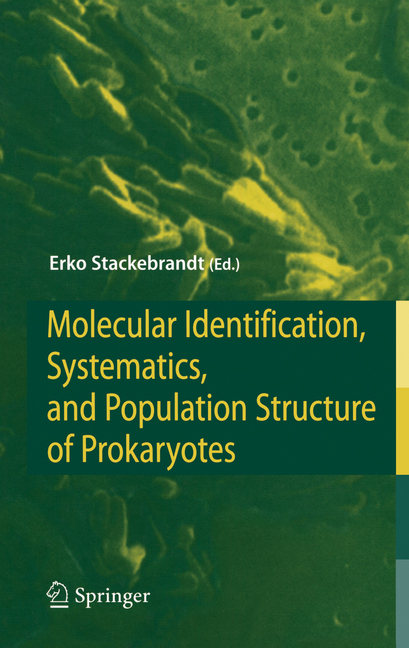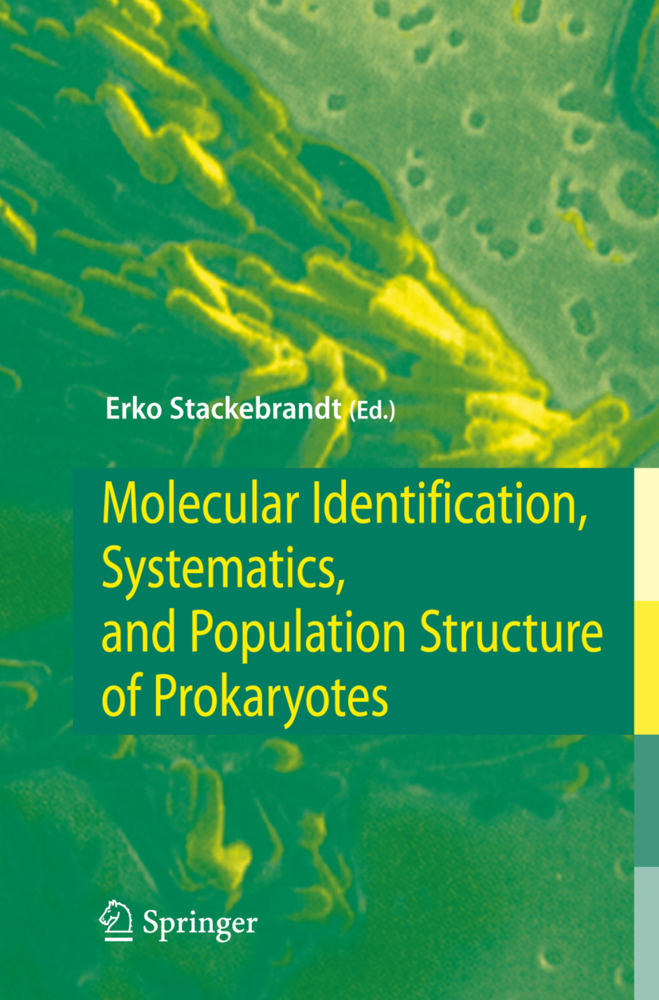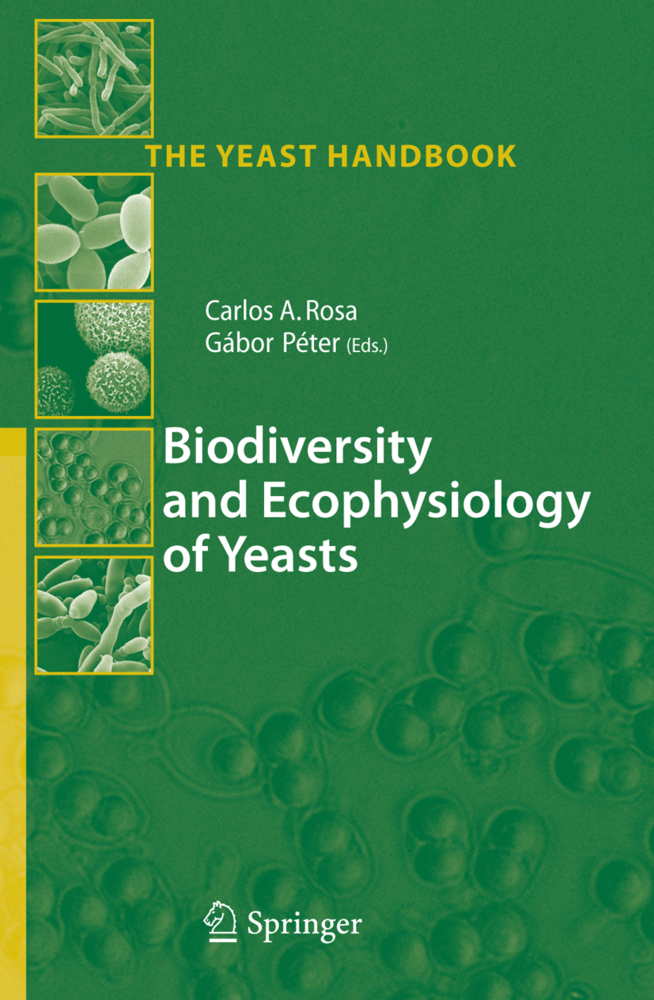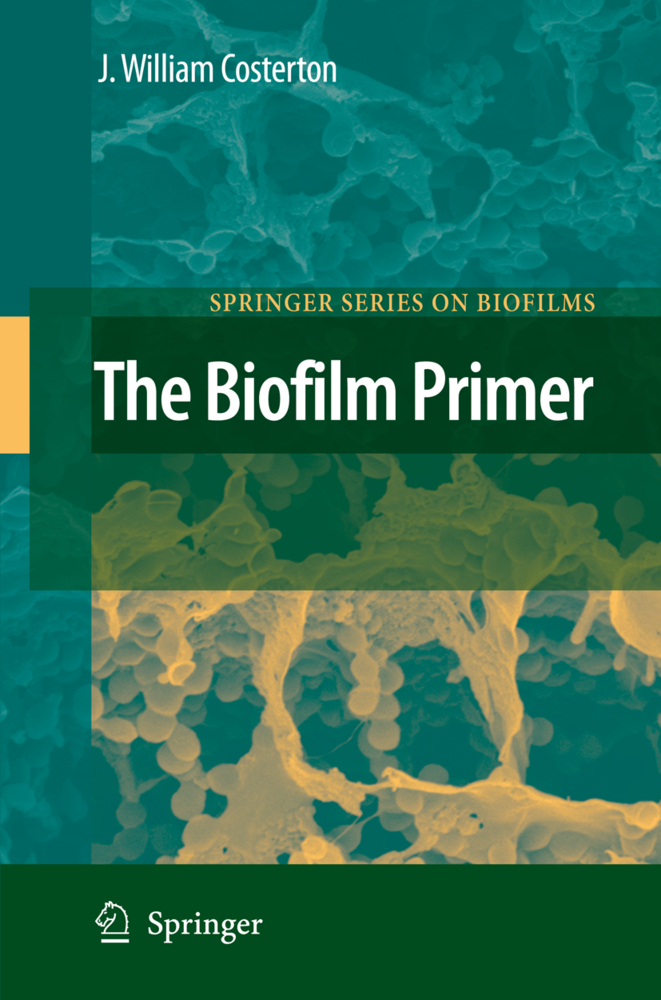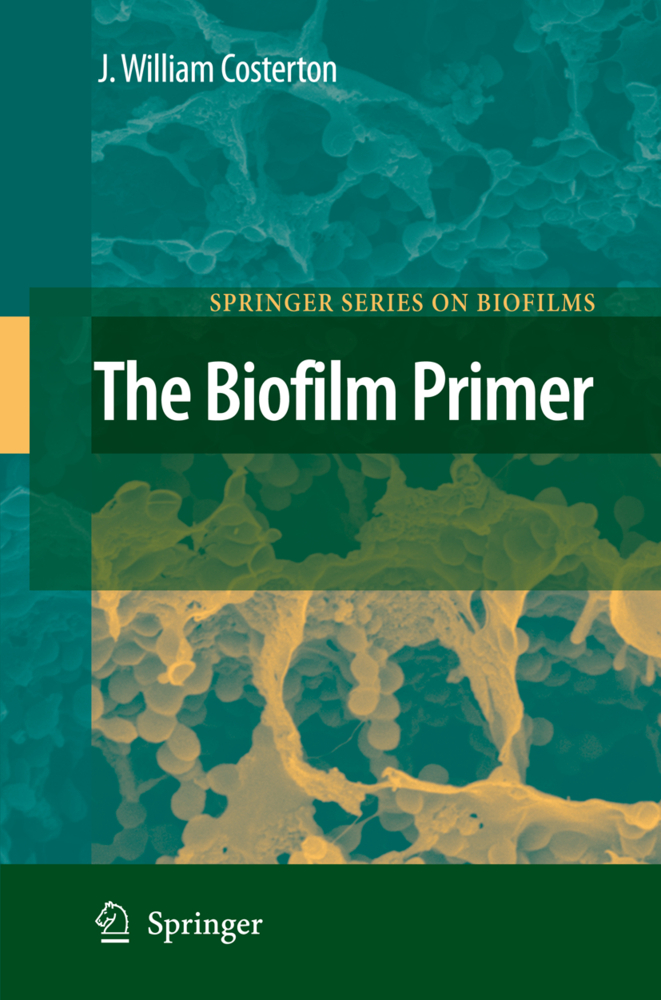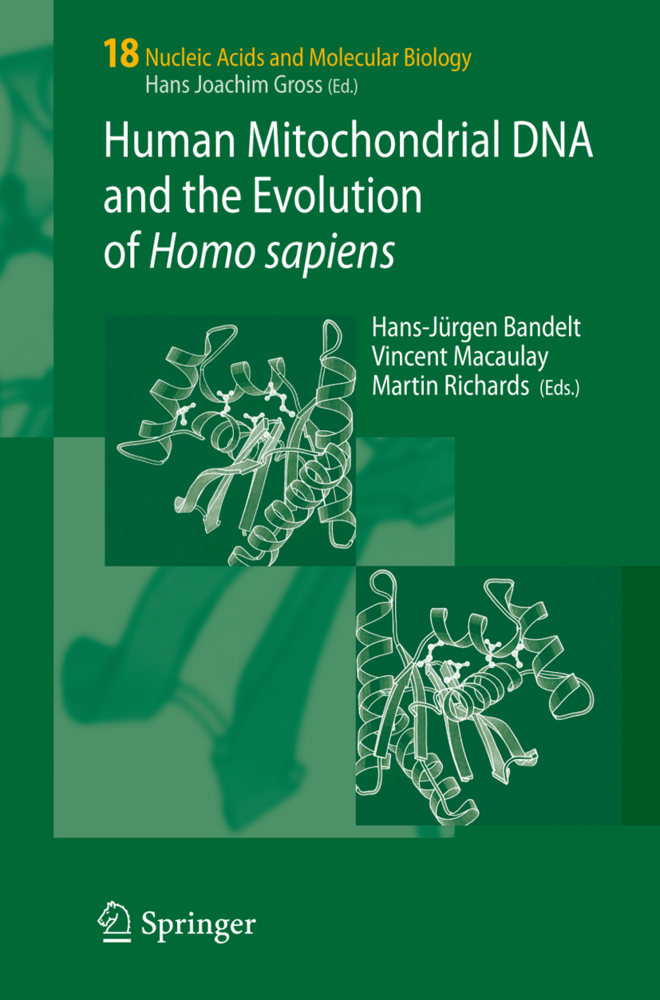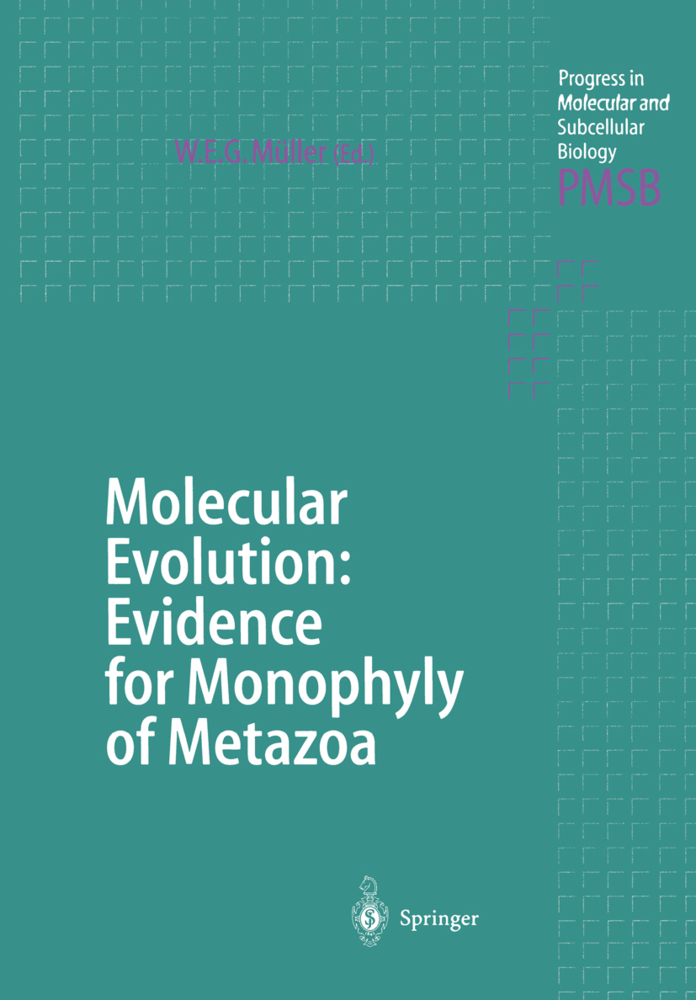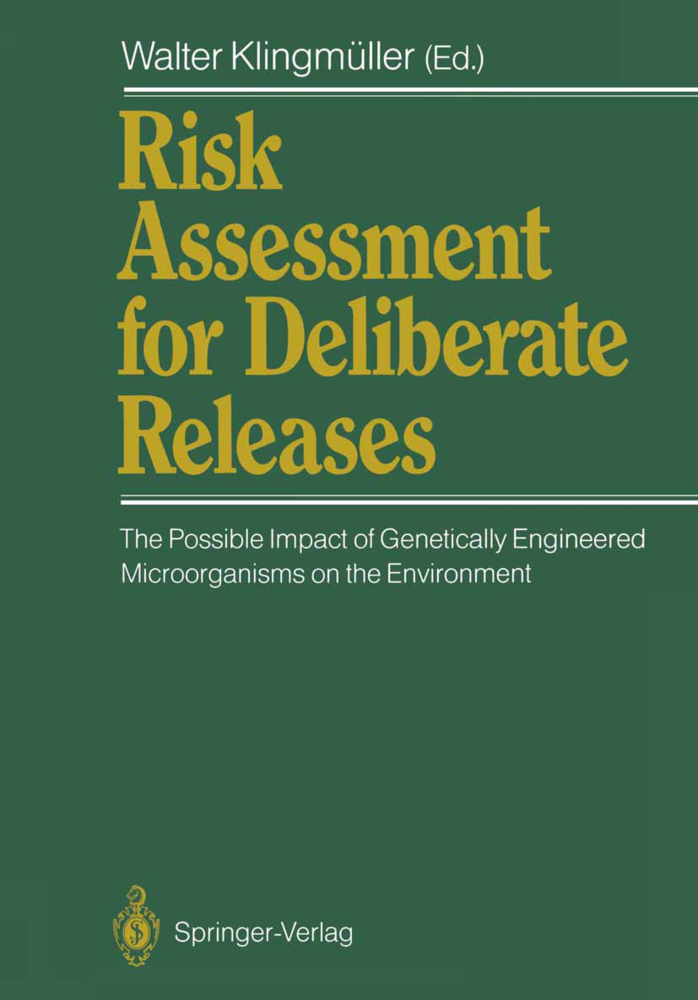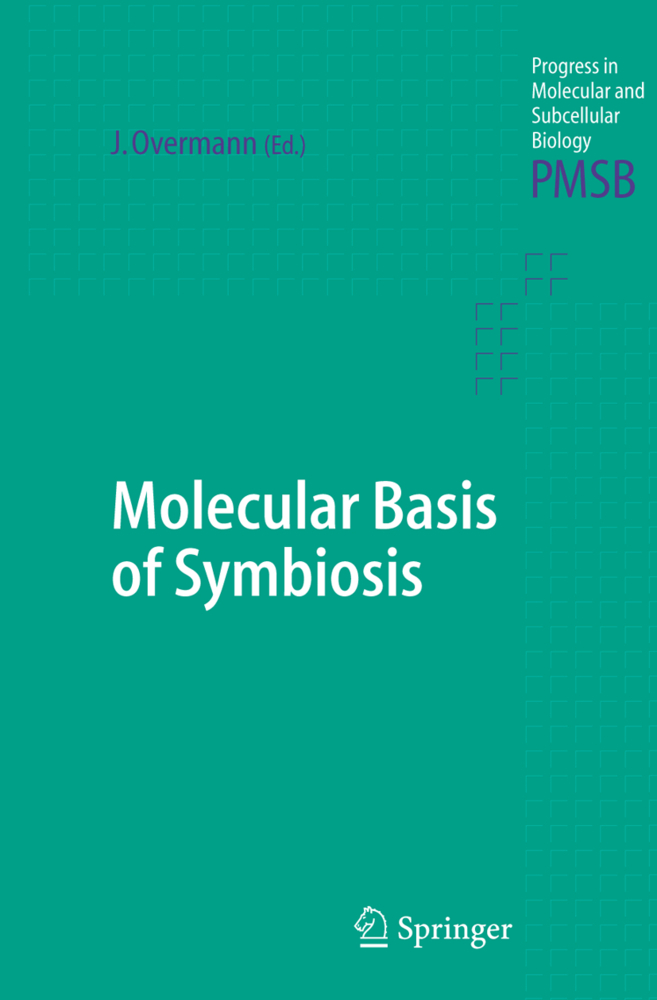Molecular Identification, Systematics, and Population Structure of Prokaryotes
Systematic biology has a far wider application than merely the provision of a reliable classification scheme for new strains. With the framework of the hierarchic system stabilizing, genomes, noncoding regions, and genes and their products can now be evaluated in an evolutionary context. This book summarizes recent developments in the molecular characterization of cultured and as-yet uncultured prokaryotes, emphasizing the strengths and weaknesses of individual approaches. The chapters of the book are compiled to stimulate students to enter the field of bacterial diversity, presenting a broad spectrum of fascinating multifaceted disciplines that illuminate the paths to ecosystem functioning, communication within communities, symbiosis, life in extreme environments, astrobiology, and more.
1;Title Page;2 2;Copyright Page;3 3;Preface;4 4;Table of Contents;6 5;Contributors;11 6;1 Exciting Times: The Challenge to be a Bacterial Systematist;13 6.1;1.1 Introduction;13 6.2;1.2 The Early Heroes (1860-1900);15 6.3;1.3 The Dawn of Microbial Ecology and the Continuing Struggle with Classification Systems (1900-1930);17 6.4;1.4 Encouragement and Frustration (The Era 1930-1950);19 6.5;1.5 Expanding the Range of Properties: The Genetic and Epigenetic Levels (1950-1980);22 6.6;1.6 Yet Another Exciting Time: Unravelling the Genealogy(ies) of Cultured and As-Yet Uncultured Prokaryotes;25 6.7;References;28 7;2 DNA-DNA Reassociation Methods Applied to Microbial Taxonomy and Their Critical Evaluation;34 7.1;2.1 Introduction;34 7.2;2.2 Semantic Considerations;37 7.3;2.3 DNA-DNA Reassociation Measurement, Parameters and Methods;40 7.4;2.4 Interpretation of Results and the Boundaries for Species Circumscription;50 7.5;2.5 The Impact of DNA-DNA Hybridizations on the Conception of a Species and Changes in the Concept and/or the Definition;53 7.6;2.6 Epilogue;55 7.7;References;57 8;3 DNA Fingerprinting Techniques Applied to the Identification, Taxonomy and Community Analysis of Prokaryotes;62 8.1;3.1 Introduction;62 8.2;3.2 DNA Typing Methods;64 8.2.1;3.2.1 DNA Typing Methods Targeting the Whole Genome of a Bacterial Strain;64 8.2.1.1;Pulsed Field Gel Electrophoresis for Macro-restriction of Total DNA;64 8.2.1.2;Random Amplified Polymorphic DNA Assay;65 8.2.1.3;Amplified Fragment Length Polymorphism Analysis;67 8.2.1.4;Amplification of Repetitive Elements Dispersed through the Whole Genome;68 8.2.2;3.2.2 DNA Typing Methods Targeting Gene Clusters (Operons);71 8.2.2.1;RFLP Analysis with Southern Blotting and Probe Hybridization (Ribotyping);71 8.2.2.2;Analysis of the 165-235 Ribosomal Intergenic Spacer Region;73 8.2.3;3.2.3 DNA Typing Methods Targeting the 16S rRNA Gene;75 8.2.3.1;Amplified Ribosomal rDNA Restriction Analysis;75 8.2.3.2;Terminal Restriction Fragment Length Polymorphism Analysis;76 8.2.3.3;Denaturing Gradient Electrophoresis and Temperature Gradient Gel Electrophoresis;77 8.2.3.4;PCR-based Single-stranded Confirmation Polymorphism;80 8.3;References;82 9;4 Multiple Locus VNTR (Variable Number of Tandem Repeat) Analysis;94 9.1;4.1 Introduction;94 9.2;4.2 MLVA Origins;94 9.3;4.3 MLVA Set-up and Enrichment;95 9.3.1;4.3.1 Evaluation of the Potential Interest of MLVA for a Given Species;96 9.3.2;4.3.2 MLVA Validation;97 9.3.3;4.3.3 Data Management;98 9.4;4.4 Existing First-generation MLVA Assays;99 9.4.1;4.4.1 Mycobacterium tuberculosis;102 9.4.2;4.4.2 Bacillus anthracis;104 9.4.3;4.4.3 Yersinia pestis;105 9.4.4;4.4.4 Brucella sp.;106 9.4.5;4.4.5 Legionella pneumophila;108 9.4.6;4.4.6 Other Bacteria;108 9.5;4.5 Validating and Analysing MLVA Data;108 9.6;4.6 MLVA Compared to Other Methods;111 9.7;References;112 10;5 Bacterial Phylogeny Reconstruction from Molecular Sequences;116 10.1;5.1 Introduction;116 10.2;5.2 Species Definition;117 10.3;5.3 Bacterial Diversity;119 10.4;5.4 Phylogenetic Analysis Based on 16S rDNA Sequences;121 10.5;5.5 Phylogenetic Analysis Based on Protein Sequences;126 10.5.1;5.5.1 Selection of Target Proteins;126 10.5.2;5.5.2 Design of PCR Primers for the Amplification of Protein-encoding Genes: A Case Study with gyrB;132 10.6;5.6 Limitations in Reconstructing Phylogenetic Trees;137 10.7;5.7 Conclusion and Future Perspective;140 10.8;References;142 11;6 Integrated Databasing and Analysis;151 11.1;6.1 Introduction;151 11.2;6.2 Classes of Data;152 11.3;6.3 Character Type Data;153 11.3.1;6.3.1 Definition;153 11.3.1.1;Open and Closed Data Sets;153 11.3.1.2;Binary, Numerical, and Categorical Data;154 11.3.2;6.3.2 Data Transformation;155 11.3.2.1;Standardization;155 11.3.2.1.1;A. Rows (Entries);157 11.3.2.1.2;B. Columns (Characters);157 11.3.2.2;Dealing with Missing Values;158 11.3.3;6.3.3 Cluster Analysis of Character Type Data;159 11.4;6.4 Fingerprint Type Data;159 11.4.1;6.4.1 Definition;159 11.4.2;6.4.2 Prep
Stackebrandt, Erko
| ISBN | 9783540312925 |
|---|---|
| Artikelnummer | 9783540312925 |
| Medientyp | E-Book - PDF |
| Auflage | 2. Aufl. |
| Copyrightjahr | 2010 |
| Verlag | Springer-Verlag |
| Umfang | 320 Seiten |
| Sprache | Englisch |
| Kopierschutz | Digitales Wasserzeichen |

